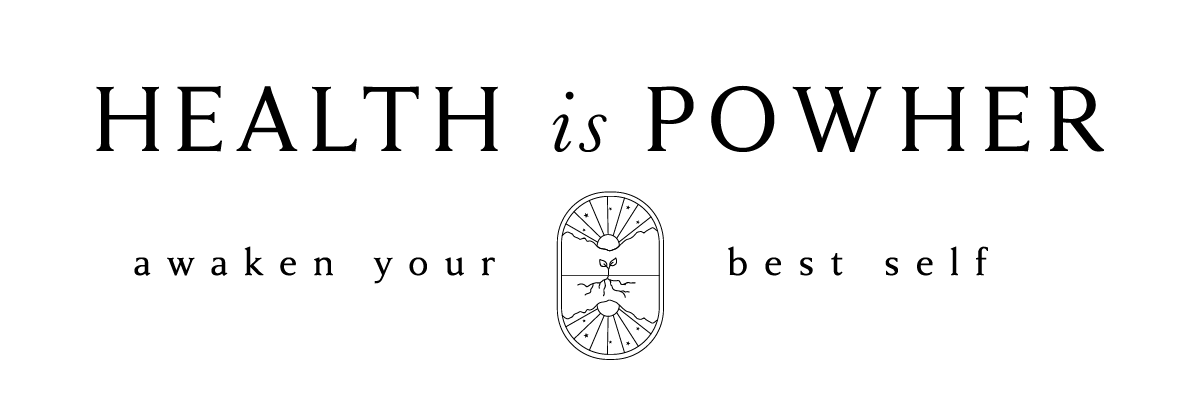Raynaud's Phenomenon - When Your Fingers and Toes Are Really Cold
Health Is PowHer Podcast Episode 86 with Dr. Anna Esparham, MD
raynauds phenomenon treatment
I’ve been working with a family member with Raynaud’s Phenomenon, where the fingers and toes turn white, red, purple, blue, sometimes even yellow/green, because they are not getting enough blood supply and oxygen. It can be 3 different colors at a time.
The blood vessels constrict or clamp down and don’t allow blood flow to get to the fingers or toes. Sometimes this can happen with nipples or ears or other small body parts.
There also may be a nervous system component besides just vascular cause to Raynaud’s. The sympathetic nervous system may be in overdrive and cause clamping of the vessels leading to diminished blood flow to the digits.
So what causes this?
Well, we still have yet to figure that out. I developed Raynaud’s in my toes after the flu vaccination when I got anaphylactic shock and neuropathic/myalgia pain.
It does have some genetic factors associated with this meaning it may run in the family.
Raynaud’s is also more prevalent in women, so estrogen may be a risk factor.
Severe emotional stress is a large trigger as well, in addition to cold environments. But some can even be in a warm climate and still have significant Raynaud’s.
Smoking and alcohol are also major risk factors.
Other reasons that cause Raynaud’s can be medications including stimulant medications (anything that produces more epinephrine or norepinephrine), sulfasalazine, chemotherapeutic drugs such as gemcitabine, vincristine, cisplatin with vinblastine, interferon drugs, cyclosporine, and some beta blockers.
Low body mass, or thin individuals, are more susceptible to Raynaud’s due to thin body habitus and sensitivity to the cold.
Individuals with Systemic Sclerosis have a high risk of having Raynaud’s as well which is a rheumatologic autoimmune disease that is characterized by diffuse thickening/disruption of the connective tissue, such as skin, joints, and even internal organs.
What to say to your doctor?
Discuss the importance of any pain, changes in color, pins and needles, or loss of feeling in your fingers and toes.
Discuss what triggers the discoloration and coldness. Vibration? Cold? Stress? When your upper back or shoulder hurts (could it be pinching a vessel up there in your back?)
And most of all, make sure to let the doctor or provider know that you have been wearing warmer gloves/socks/shoes etc… and if that hasn’t been helping, there needs to be next steps to avoid frostbite, gangrene, or loss of a digit (finger or toe) which is crucial in managing Raynaud’s as this can happen if not treated appropriately.
Discuss labs that need to get done to rule out an autoimmune disease. Your doctor may need to refer you to a rheumatologist.
How to Treat Raynaud’s?
Depending on the type of Raynaud’s, most rheumatologists may start off with baby aspirin, omega-3’s to thin the blood and make sure the platelets don’t act up to clot off the tiny blood vessels in your digits.
Some may recommend low dose anti-hypertensive medications such as calcium channel blockers, like nifedipine, which may help with dilating the tiny blood vessels (but people with low blood pressure or lightheadedness or orthostatic hypotension may not tolerate this).
Alpha-1 antagonists have also been studied, such as prazosin. They effectively block norepinephrine to decrease the constriction of the blood vessels.
Angiotensin converting enzyme (ACE) inhibitors are also used subsequently to help remodel the vessels and promote blood flow.
Increasing nitric oxide in the body helps vasodilate and decrease vasoconstriction or vasospasm (known in Raynaud’s). This can be increasing more L-arginine in the body that produces Nitric Oxide, such as taking L-glutamine in high doses and L-arginine. L-glutamine helps make L-arginine, and also has the added benefit for gut health and gut barrier.
Beetroot juice is being studied because it contains nitrates and may help produce more nitric oxide in the body to prevent the Raynaud’s attacks.
Selective Serotonin Reuptake Inhibitors, SSRIs, such as fluoxetine also affect platelet aggregation and has been shown to help some with Raynaud’s Phenomenon.
Antioxidants, such as N-acetylcysteine, and polyphenols, such as Pycnogenol, have also had some benefit for people with Raynaud’s in the literature significantly decreasing the attacks.
Capsaicin topical cream 3% has also been shown to help when applied to the digits during an attack.
Ginkgo biloba and rosemary oil also are being evaluated for their benefit in Raynaud’s.
Biofeedback and other self-regulation strategies, such as meditation, creative visualization, and hypnosis are all super powerful ways to increase blood flow to the digits. Your superpower of imagination is real!
Oh and don't forget light therapy! I believe low level laser therapy might be on the up and up for Raynaud's as well!

